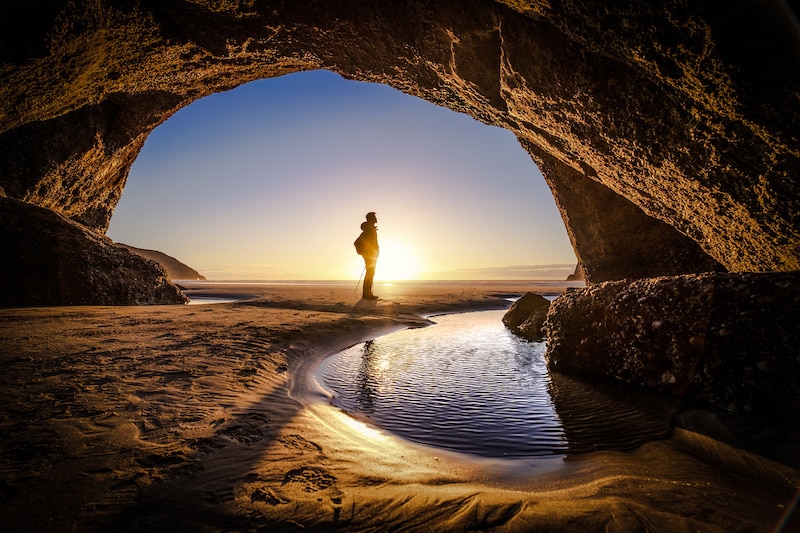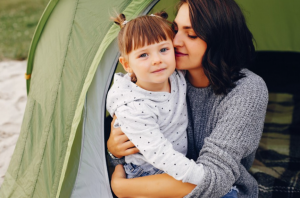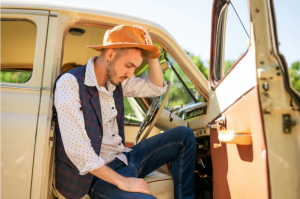Enjoying everything from guided tours to high-risk expeditions, more than two million people visit caves in national parks each year in search of fun and adventure. Caves are filled with wondrous sights and exciting moments, providing people just what they are looking for. The right approach must be taken, however, or the adventure could turn into a disaster. If you are considering going on a caving trip, use these tips to help ensure your vacation goes well.
What We'll Cover
Perform Copious Amounts of Research
When it comes to caving, you can never know too much, so make research a part of the fun from the start. By looking up all the different safety tips and exploration methods, everyone can stay well ahead of the curve and avoid problems down the road. So, without a doubt, it is important to read up on caving often, taking in many different perspectives to build a strong understanding of this activity.
Pack the Proper Gear
When going caving, bring enough gear for the day ahead plus whatever might be needed in an emergency. Try to pack as light as possible since each person will need to carry all their gear on their back all day. If you plan on caving and camping overnight, you may need to pack even more than the bare essentials (like a lightweight tent, sleeping bag, or camping cot). For a caving trip, consider bringing:
- Headlamp, flashlights, and camping lanterns
- Helmet
- Knee and elbow pads
- Gloves
- Map and compass
- Water bottles, canteens, or hydration bladders
- Non-perishable food, such as protein bars and beef jerky
- Small first aid kit
- Matches
- Duct tape
- Extra batteries for the headlamp
- Space blanket
- Storage bags
- Garbage bags
No matter what you decide to bring, load it up in a small backpack with padded straps. Test its weight by carrying the fully-loaded bag around while hiking in an open space or on a hiking trail. Moving through the cave will be much more physically demanding, however, so keep that in mind while finalizing the backpack’s contents.
Map Out the Ideal Route and Alternatives, Share Your Schedule
Before each and every outing, make a detailed plan about where to go and just how to get there. Map out the ideal route through the cave and jot down notes about the different legs of the journey. In case of obstructions or other changes along that route, identify alternate routes and create a plan of action to follow in the event of an emergency. If possible, speak with other caving enthusiasts in the area to find out about key changes in the selected cave and route. It helps a lot to let close friends or family know when and where you plan to be should an emergency arise. Also, don’t forget to check the weather right before leaving.
Memorize the Safety Rules
When caving, stay safe and responsible by following the guidelines established by the millions who have headed out before you. A few of the most important rules include:
- Never go caving alone. Aim to adventure with up to five other people.
- Tell someone about the caving plans and provide them with a copy of the map.
- Pack out all waste from food wrappers to droppings, leaving nothing behind.
In addition, remember to avoid panicking at all costs if caught in a tight area. Panic only serves to make people breathless and unable to think clearly. By controlling your breathing, you can usually wiggle your shoulders and chest through and the rest will follow.
This guide is just the start in getting prepared for the upcoming caving trip and your enjoyable trip towards the great outdoors. Keep going with your research to gain all the information you need to know to stay safe and have an awesome time on your caving adventure.
If caving is offered as an activity on your next glamping trip, I hope you take advantage of it! While caving may not be the best activity for young kids or your dog, it’s great fun for teenagers and adults. Just remember to plan ahead of time and follow all the safety rules.
The responses below are not provided, commissioned, reviewed, approved, or otherwise endorsed by any financial entity or advertiser. It is not the advertiser’s responsibility to ensure all posts and/or questions are answered.


![Tips to Go Camping With a Toddler [Different Weather]](/assets/images/375a17532f44c72a41d33b1008823cf3.png)


